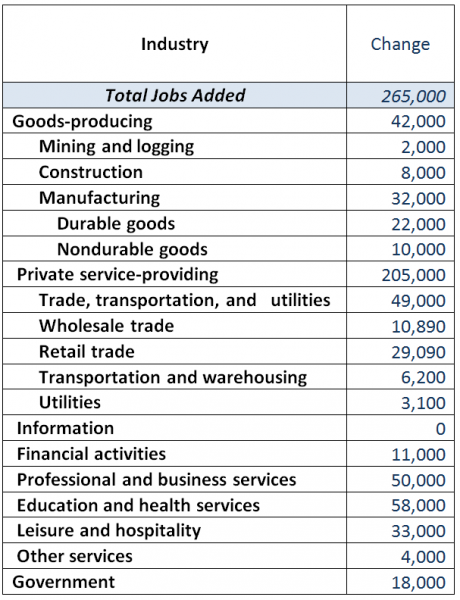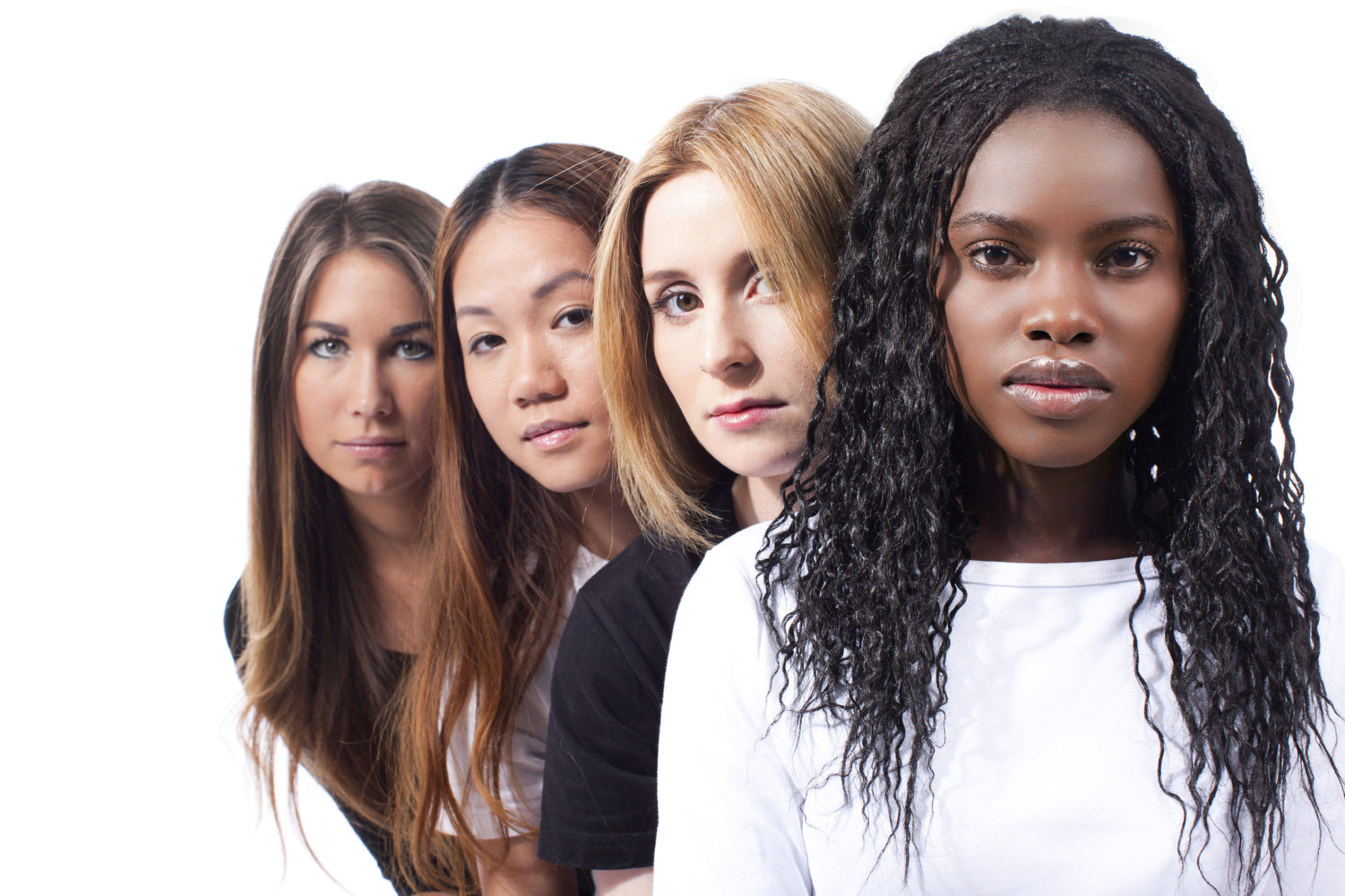Abortion rights, women of color, and LGBTQIA+ people are under attack. Pledge to join us in fighting for gender justice.
Job Wins and Losses for Women so Far in 2018

Three months into 2018, some of us are still holding onto our new year’s resolutions and others are ready to skip right to 2019. At the beginning of the year, we took a look back at 2017 to see how women were faring in the workforce. In February, we fact checked the president’s claim that Black unemployment was at a record low. And last month, we took a closer look at what jobs numbers meant for teachers who are demanding better pay across the country (and we’re cheering for them!).
Now that we are already a quarter of the way through 2018, we can take a look back and see how women are doing so far. Jobs data for March were released this morning by the Bureau of Labor Statistics (BLS)— and it showed that the unemployment rate remained steady at 4.1 percent, the economy added 103,000 jobs last month, including 83,000 that went to women. The economic data released as part of the Current Employment Situation (CES) survey are a glimpse into the lives of women.
So how have women fared in the first quarter of 2018?
Unemployment

Black women and men began the year with the highest unemployment rates compared to any other group of men and women, and still remain higher than anyone else’s. Between January and March, the unemployment rate for Black women decreased by over half a percentage point to 6.0 percent, but is still nearly twice the rate of white men (3.3 percent). The unemployment rate for Latina women jumped to 5.2 percent in February but began to decline in March.
Over the last three months, white women experienced the lowest unemployment rate compared to any other group of men or women and the unemployment rate for white men has been nearly resistant to change. While the overall unemployment rate remains fairly low, workers of color continue to fare worse than white workers. When you have the full picture, “the record low” unemployment rate for Black workers doesn’t look so great, does it?
Labor Force Participation Rate
The labor force participation rate refers to the number of people who are either employed or actively looking for work. This figure rate also adds context to the unemployment rate: while women of color are experiencing higher unemployment rates than white women, they are also participating in the labor force at higher rates. Black women have had the highest participation rate this year. Their participation rate has remained steady around 62 percent. White women have the lowest participation rate.

Jobs Added
Overall, the economy has averaged a gain of 202,000 jobs between January and March. Women have gained an average of 127,000 of those jobs. Women added the most jobs in the Private service-providing industry. In March, women lost 19,000 jobs in retail after gaining 48,000 in February.
Change in Jobs for Women by Industry between January – March 2018

Overall, women have fared well so far in 2018. However there is still work to do, especially for women of color who experience higher unemployment rates. Policymakers and industry leaders need to acknowledge that just because overall unemployment is low and jobs are being added to the economy, it doesn’t mean that everyone is benefiting. These folks need to work harder to make sure that women, especially women of color, have equal opportunity and economic footing.




